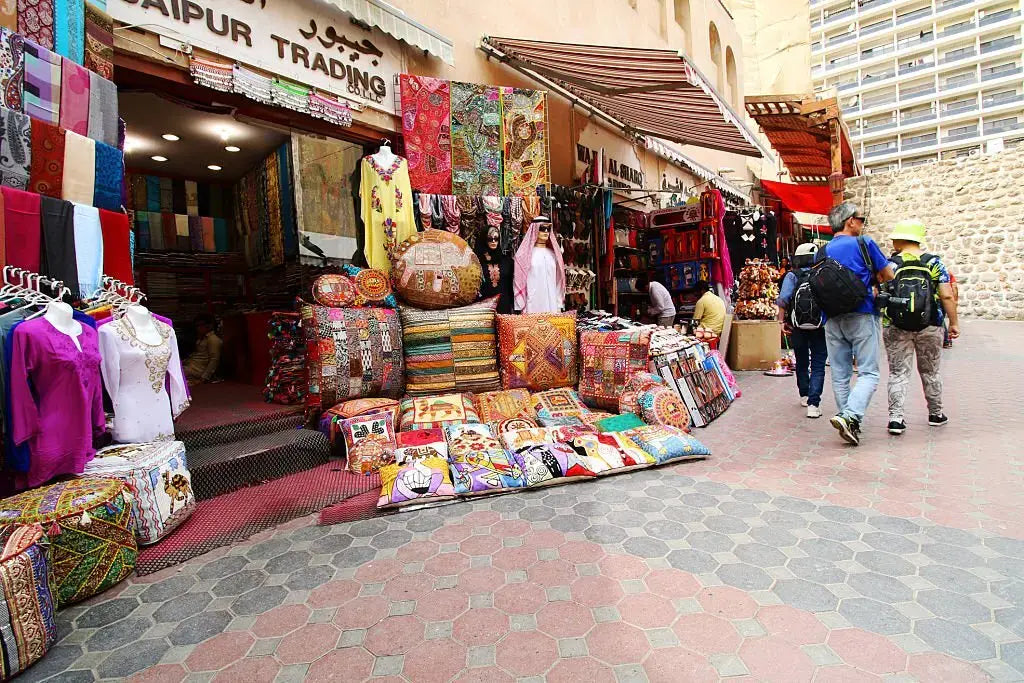Historical evidence shows that silk was discovered in China and that the industry spread from there to other parts of the world. Ever since the Chinese empress Shiling Ti discovered it in her teacup in 2640 BC, this sparkling fiber of unprecedented magnificence has been loved by mankind. The earliest authentic reference to silk is found in the Chou-King Chronicle (2200 BC), where silk was displayed in public ceremonies as a symbol of respect for emperors. The silk industry originated in the province of Chan-Tong and the Chinese jealously guarded the secret for about 3,000 years. When trade relations were established with China and Persia, and later with other countries, the export of raw silk and silk goods became even more important.
Traders from ancient Iran (now Iran) brought colorful and intricately patterned silks from Chinese traders along dangerous routes that included dangerous mountainous terrain, difficult passes, dry deserts, and dense forests. Silk was also traded with goods such as amber, glass, spices and tea, which indeed quickly became one of the main elements of the Chinese economy and thus the trade route received the name "SILK ROAD".
According to some sources, after China, the first country to learn this secret was Korea, where Chinese settlers began cultivation around 1200 BC. Later, the industry reached Japan. According to another version, the silk industry helped bring to Japan in the third century BC. Semiramus, general of the army of the empress Singu-Kongo, invaded and conquered Korea. Among his captives were some sericistas whom he brought back to Japan. Industry remained under royal patronage until the Meiji Restoration in 1868. In the second half of the 19th century, Japan paid serious attention to industrial development, introducing modern machinery and advanced techniques, and conducting intensive educational research.
The industry is said to have spread to Tibet when a Chinese princess wearing a headdress made of silkworm eggs and mulberry seeds married the king of Khotan in Tibet. From Tibet, the industry slowly spread to India and Persia In the first century BC Silk fabrics made in the East began to reach the markets of southern Europe.
According to Western historians, mulberry cultivation spread to India through Tibet around 140 BC. and the cultivation of mulberry trees and the cultivation of silkworms were started in the regions bordering the Brahmaputra and the Ganges. According to some other Indian researchers, silkworms (Bombyx mori) were first domesticated in the foothills of the Himalayas. There is also evidence in ancient Sanskrit literature that certain types of natural silk have been cultivated in India since ancient times.
After the arrival of the British in India, the silk industry flourished and spread to many other regions such as Mysore, Jammu and Kashmir, etc. The Arabs also knew silkworms and studied the life history of silkworms already in pre-Islamic times. Early legends say that the Arabs received silkworm eggs and mulberry seeds from India during the early Christian era. In the fourth century AD sericulture was established in India and Central Asia.
Raw silk and silk products were exported from the east to Iran and from there to Rome. The Persians had a monopoly on the most prized silk products in Roman society, but in the 6th century AD, two Roman monks who learned the art of cultivation in Tibet brought the industry to Constantinople in 553 BC. This allowed the Romans to produce their own raw silk and marked the beginning of silk production in Europe.
During three or four centuries, the cultivation of silkworms was limited to the eastern regions of the Roman Empire, and factories for the production of silk fabrics were established in Athens, Corinth and the islands of the Aegean Sea.
The industry gradually moved from the east to the Republic of Venice, and by the end of the 9th century, and in the 11th and 12th centuries, the Venetians had developed this industry to the point where they could satisfy almost all European requirements. From Italy, the industry spread to France, where silkworm cultivation was started in 1340 by French nobles who brought silkworm eggs and mulberry seeds.
The industry was established in France by the end of the 17th century and flourished in the 18th century. In the 19th century, when sericulture was at its peak in France, an epidemic called pebrine - a devastating disease of silkworms - broke out and wiped out sericulture not only in France, but in much of Europe and the Middle East.
Sir Louis Pasteur discovered in 1870 that pebrine could be controlled by studying the moth queen, which saved the industry from extinction. Although industry recovered to some extent in France, this was not a full recovery largely due to socio-economic changes and industrialization.
Thank you for reading! If you enjoyed this post, be sure to check out our website at https://www.silksouq.com for more premium quality silk-based products like silk pillowcases, silk scarves, silk eye masks, silk dresses, and more! We offer fast and reliable shipping to customers in the UAE, KSA, and throughout the Middle East. Visit our collections page at https://www.silksouq.com/collections to explore our wide range of silk products and elevate your style today!





Leave a comment
All comments are moderated before being published.
This site is protected by hCaptcha and the hCaptcha Privacy Policy and Terms of Service apply.